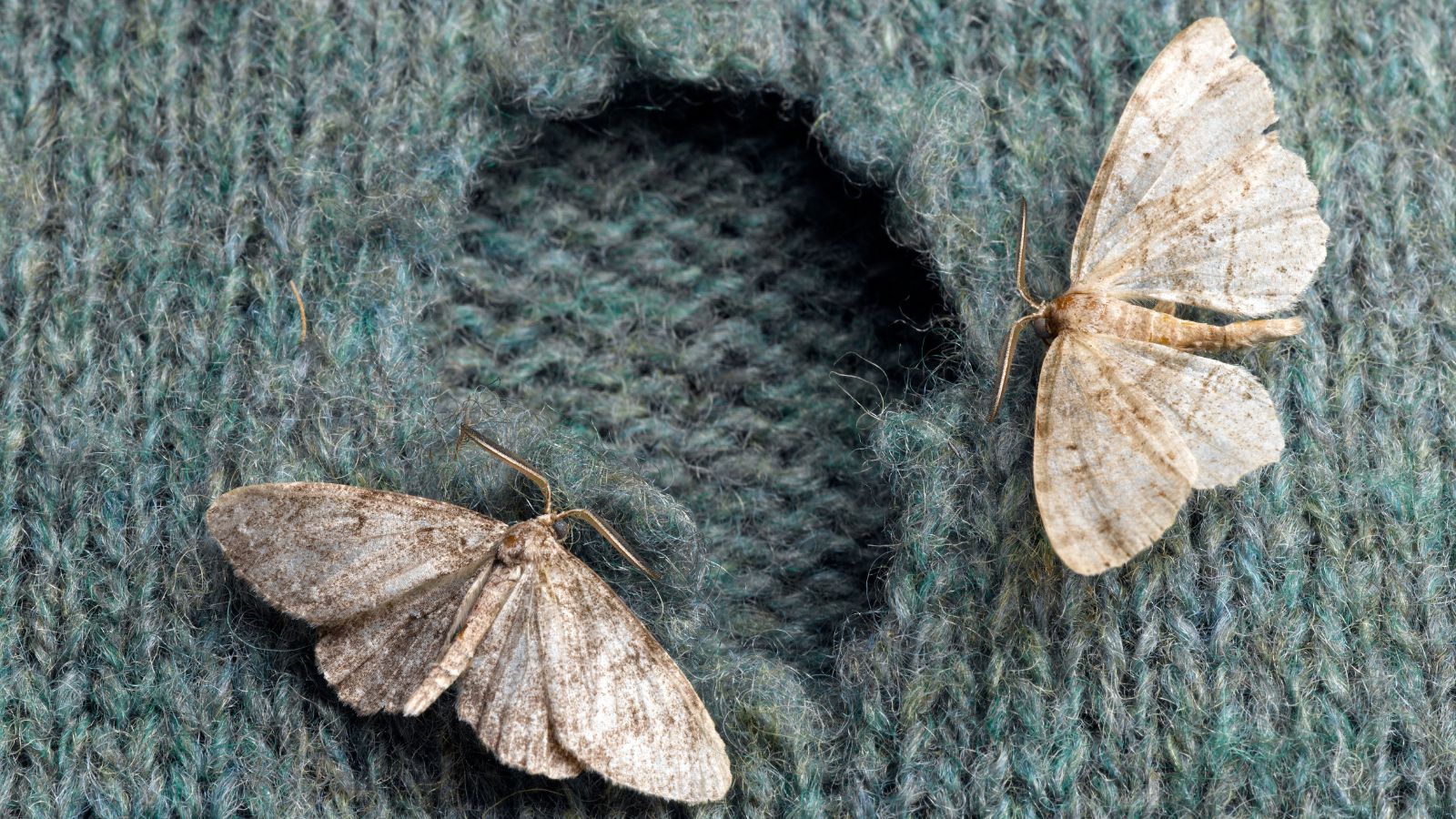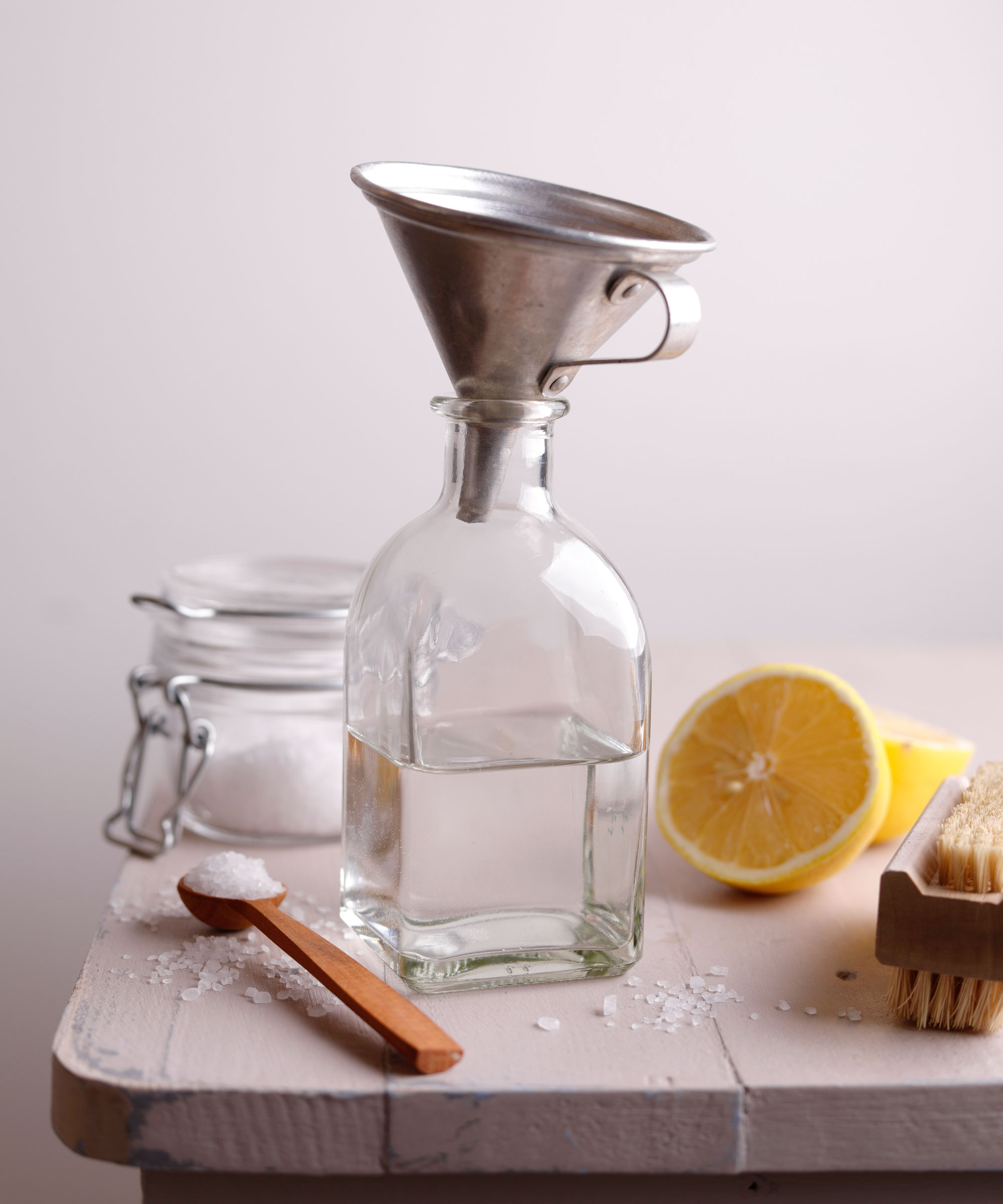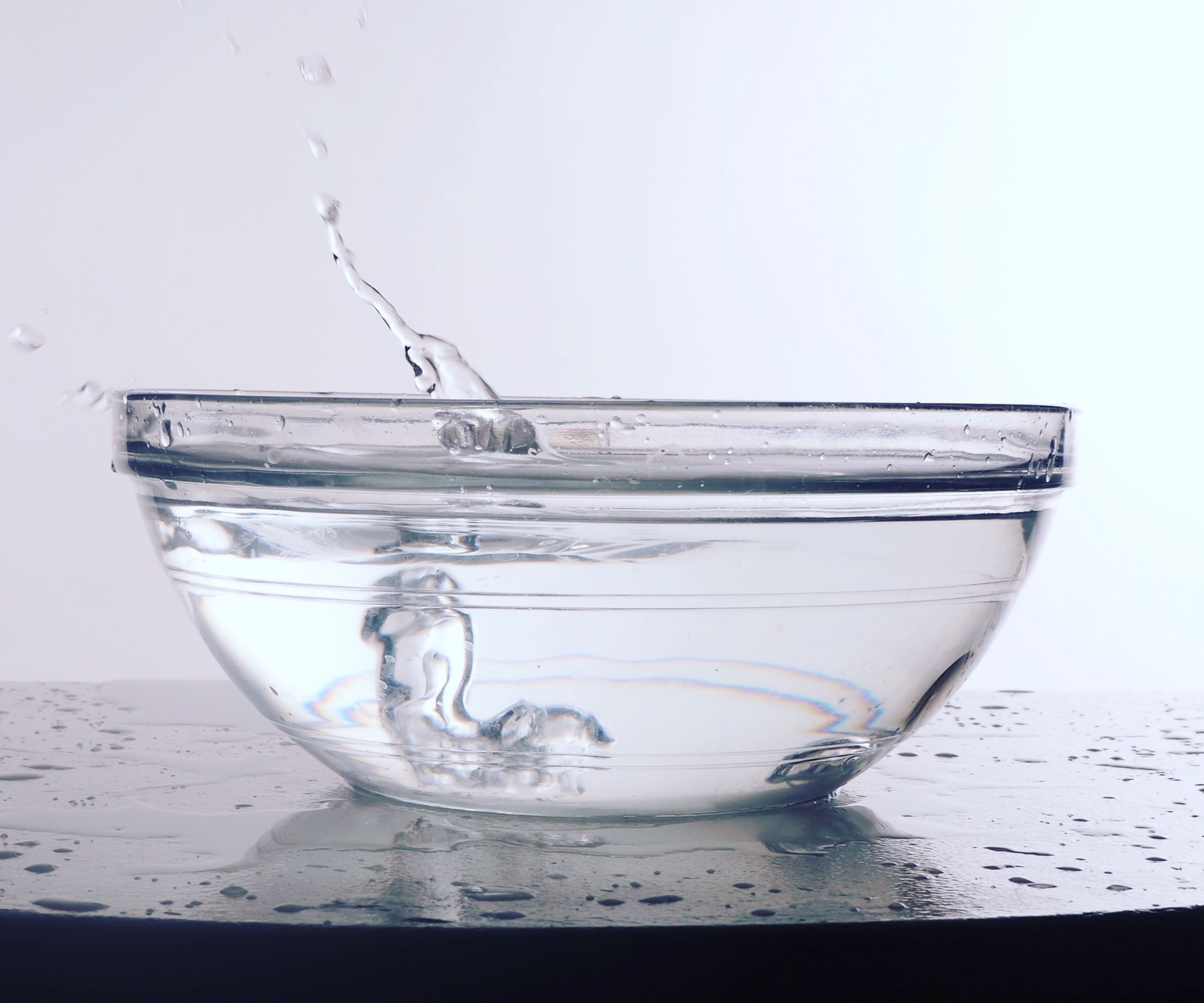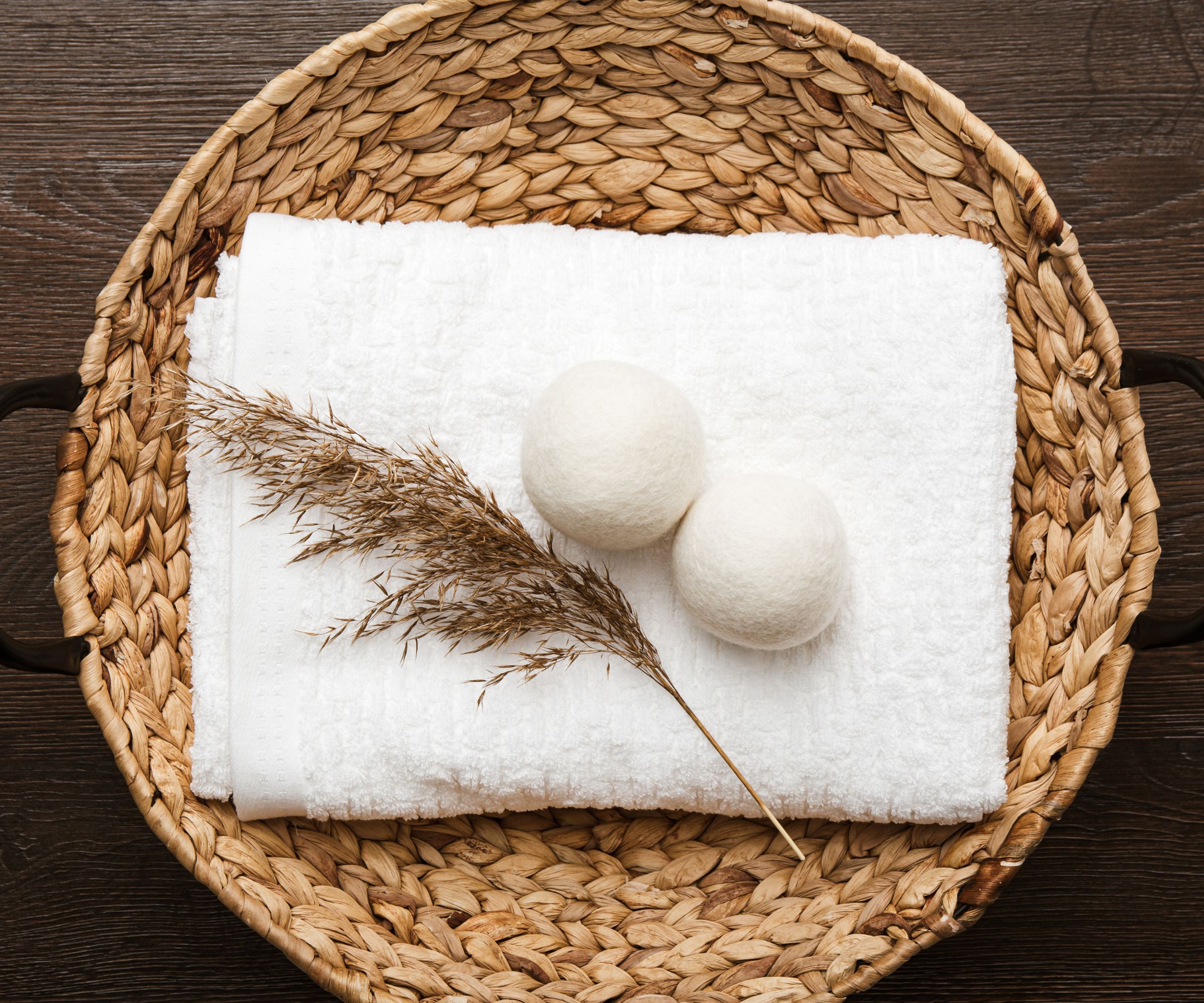
Meddlesome moths can be one of the most irritating things about the arrival of summer, and while they may not be the most damaging home pests, their constant flapping can be frustrating, and no-one likes a moth-eaten sweater.
Luckily, there are plenty of natural ways to get rid of moths, the most popular of which being vinegar, which can help with clearing them from your closet and keeping them away from your plants and pantry.
Here, pest control experts explain how to get rid of moths with vinegar, with four quick tricks to keep them at bay.
How to get rid of moths with vinegar
Vinegar is ideal for deterring moths. They have a super-sensitive sense of smell, designed to help them find food. The acrid smell of vinegar makes moths uncomfortable and encourages them to move on, explains Nate Nead, principal pest control expert at Bentonville Pest.
‘But before you go pouring vinegar all over your house, here's something to keep in mind,’ he continues. ‘How well it works can depend on a few things. Different types of moths may be more or less affected by the smell than others. Also, the strength and concentration of the vinegar, as well as how much air is moving around (ventilation), can impact whether it actually works as a homemade moth repellent. Don't forget that there are other things you can do too, such as keeping your stuff clean and stored well to prevent those pesky critters from making themselves at home,’ he adds.
With that in mind, here are four ways you can use vinegar to help get rid of moths around your home and yard.
1. Use vinegar to wipe away larvae

Useful when getting rid of pantry moths or refreshing your closet and yard furniture, cleaning with vinegar is a great way to remove visible larvae before they hatch, recommends Stewart Muir, an associate-certified entomologist at JP McHale Pest Management.
‘White vinegar is a natural cleansing agent that changes the pH levels of surfaces that it touches, and moth eggs and larvae exposed to white vinegar cannot survive in the acidic environment,’ he explains. ‘You could, therefore, use a sponge or rag to apply vinegar to a surface or apply with a spray bottle.
'Make sure to take care when using white vinegar in the home, as it can damage certain surfaces, such as metals, stone countertops, hardwood floors, and certain clothing. Always spot-check the cleaning solution first before committing to using the solution on a large visible area.'
2. Create a vinegar trap

Vinegar traps are a common solution to a range of pest problems, such as getting rid of gnats. It is also the simplest and easiest solution, trapping moths long after you have set it and walked away.
To create a vinegar trap for moths, place a small bowl or jar near the affected area and fill it with a mixture of apple cider vinegar, available at Walmart, and a few drops of dish soap.
‘The scent of vinegar will attract moths, and the soap will break the surface tension, causing them to sink and drown in the liquid,’ explains Zahid Adnan, gardener and founder of The Plant Bible. ‘It is best to empty and refill the traps regularly to maintain their effectiveness,’ they add.
3. Deter moths with vinegar balls

To prevent moths from coming in in the first place, then you can make small vinegar-soaked balls to leave around your home and yard to chase the moths off without actually hurting them. To do this, Nate Nead, pest control expert suggests soaking cotton balls, like these organic cotton balls from Amazon, or fabric sachets in vinegar and strategically placing them in areas where you want to deter moths.
This is a good preventative measure, but may not be the best line of action if you have a large infestation, Nate warns. So you may need to use it in tandem with another option if they have already set up shop.
4. Consider a vinegar soak for fabrics

Moths love cloth, or so the saying goes, so if you find moths in your closet, then you may have to soak your clothes in vinegar to make sure they are free of larvae. You can either use white vinegar in laundry and wash your clothes as normal, or for bad infestations, soak the garments directly in vinegar for a few hours.
‘Mix equal parts water and vinegar in a basin or sink and soak affected clothing, curtains, or fabric items in the solution for one to two hours,’ says Zahid Adnan, gardener. ‘Afterward, wash the items as usual with detergent and water, and dry them thoroughly.’
Always make sure to clean the clothes closet out too before returning your clothes to avoid undoing all your work to combat the infestation.
FAQs
What smells do moths hate the most?
There are plenty of smells that moths cannot stand, such as lavender, bay leaves, cloves, rosemary, and thyme. These herbs are the perfect, inoffensive things to combine and leave around our homes to deter moths from setting up a home.
Place dried or crushed versions of these herbs into a small cloth bag and leave in areas prone to moths.
Why am I getting lots of moths in my house?
If you have noticed a lot of moths in your home, it may be that there is a mess attracting them in and offering them adequate food to set up a breeding ground. A common source is food, whether it has been stored incorrectly, or has been spilled and not cleaned up. You may have also carried moth larvae in on your clothing or when moving outdoor furniture inside where they have hatched and continued to breed.
When using natural remedies and homemade bug sprays to get rid of pests, it is important to remember that it will likely take longer to see results than if you were to use a chemical product for targeting moths. The method still works, however, if you are looking for a non-toxic solution, but you may need some patience and frequent reapplications to completely eradicate your pest problem.







